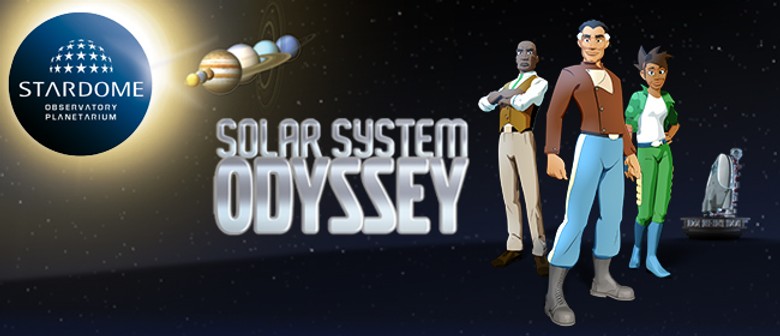Introduction:
In a time when the internet and free music distribution services are becoming more and more influential, musicians may now showcase their skills to a global audience. This piece explores the world of free music distribution, looking at its benefits and the internet resources that let musicians from all over the world reach out to fans at a reasonable price.
The Rise of Free Music Distribution:
The days of depending solely on record labels for music exposure are long gone. Online platforms have been essential in opening up the music industry recently and empowering musicians to self-distribute their work. An innovative idea known as “free music distribution” releases musicians from the financial burden of creating and shipping physical copies, enabling them to share their works with a wider audience.
Benefits of Free Music Distribution:
- Global Reach: Being able to reach a worldwide audience is one of the most important benefits of free music distribution. Geographical restrictions are removed by digital platforms, which allow artists to interact with audiences worldwide.
- Cost-effectiveness: Upfront expenses were frequently high with traditional music distribution techniques. Conversely, systems for free music distribution provide affordable options that let musicians keep a larger portion of their profits.
- Independence and Control: By using free distribution channels, independent musicians may keep more creative control over their work. Without outside influence, musicians are free to make decisions about their creative direction and release dates that are in line with their vision.
- Real-Time Analytics: A lot of free distribution platforms use real-time analytics to give artists insightful information. With the use of this data, musicians may improve their understanding of their audience, hone their marketing tactics, and make well-informed choices to expand their reach.
Popular Free Music Distribution Platforms:
- DistroKid: For a set annual subscription, musicians may post an unlimited number of tracks to this platform, which is well-known for its affordability and ease of use. It also has features like YouTube Content ID and fast Spotify verification.
- TuneCore: Artists may distribute their music to major web platforms with TuneCore’s user-friendly interface. The site offers thorough sales and streaming information, and musicians keep all of their income.
- CD Baby: One of the first companies in the independent music distribution space, CD Baby provides a number of services, such as CD distribution (physical and digital) and artist licensing.
- Amuse: Amuse is a unique distribution platform that prioritizes mobile use, enabling musicians to effortlessly post and share their songs straight from their cellphones. Artists can choose to pay for more features, but distribution is free.
Tips for Successful Free Music Distribution:
- Quality counts: Before releasing your song, make sure it is of the highest caliber. In a congested digital arena, professional production values may help your work stand out.
- Optimize information: For your music to be found, precise and thorough information is essential. Add pertinent details like the release date, tone, and genre.
- Involve Your Audience: Use social media and other internet channels to establish a connection with your followers. Developing a devoted fan following may have a big impact on your music’s success.
- Remain Consistent: To stay current, put out new songs on a regular basis and take part in marketing campaigns. To establish and preserve a position in the digital music market, consistency is essential.
Conclusion:
The music industry has changed as a result of free music distribution, which now lets musicians follow their passions. Thanks to the affordability and ease of use of digital platforms, musicians may now reach a worldwide audience and launch lucrative careers on their own. Accepting free music distribution may be a game-changer for musicians trying to establish themselves in the digital era as things continue to change.

